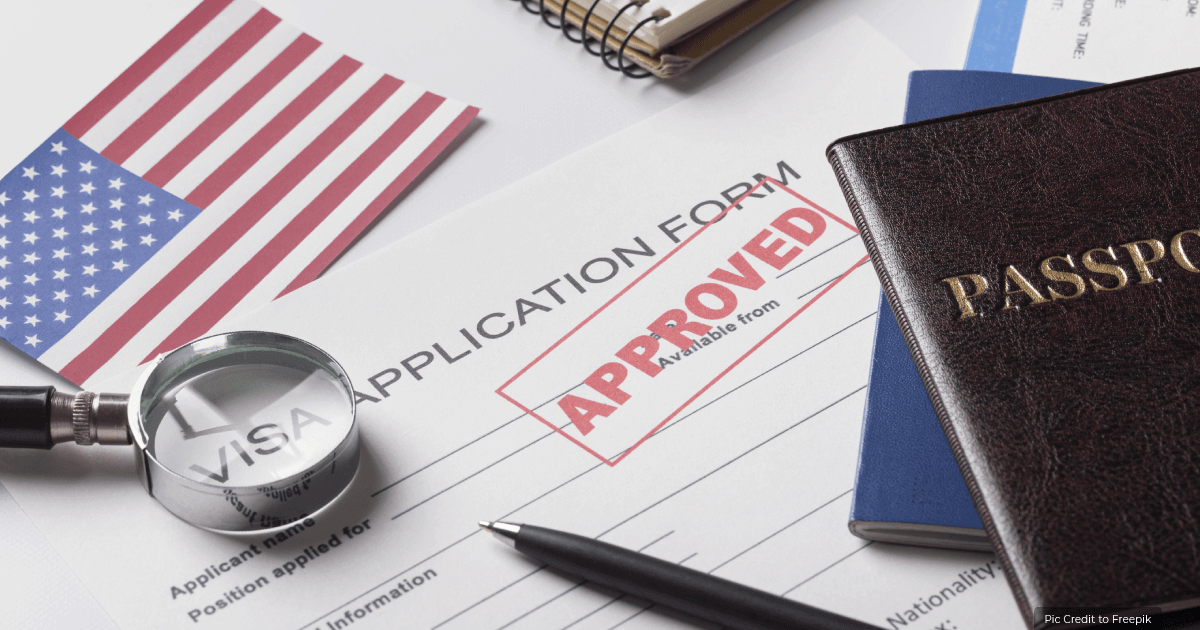Makeup Artist and Wig Maker Jobs in Canada with Visa Sponsorship Opportunities
Canada, known for its diverse and vibrant culture, has become an increasingly attractive destination for professionals seeking employment opportunities in various fields. Among the numerous career paths available, the makeup artist and wig maker roles stand out as creative and rewarding options. This article delves into the world of makeup artistry and wig making in … Read more







